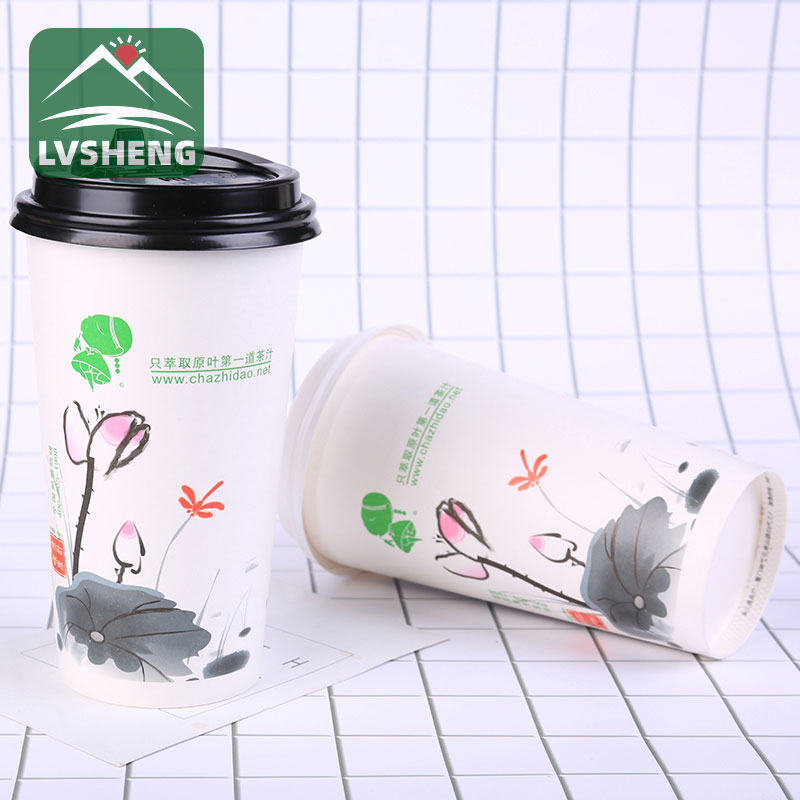Exploring the Anatomy of a Paper Cup: Understanding its Main Components
2024-02-27
Introduction:
In today's world where sustainability and eco-friendliness are paramount, paper cups have emerged as a popular alternative to traditional plastic cups. These cups, often seen as a simple disposable item, actually consist of several components carefully designed to ensure functionality, durability, and environmental friendliness. In this blog, we'll delve into the anatomy of a paper cup, exploring its main components and their roles in creating a versatile and sustainable beverage container.
1. Outer Paper Shell:
The outer paper shell is the visible part of the paper cup, providing structural integrity and serving as a canvas for branding and design. It is typically made from sturdy paperboard or cardboard, chosen for its strength and ability to withstand liquids. This outer layer is coated with a thin layer of polyethylene or biodegradable PLA (polylactic acid) to make the cup waterproof, preventing leakage and maintaining the integrity of the cup's structure.
2. Inner Polyethylene or PLA Coating:
The inner coating of the paper cup plays a crucial role in preventing liquid absorption and ensuring leak-proof functionality. Traditionally, this coating has been made from polyethylene, a type of plastic resin known for its water-resistant properties. However, in recent years, there has been a shift towards more sustainable alternatives such as PLA, a bioplastic derived from renewable resources like corn starch or sugarcane. PLA offers similar water-resistant properties to polyethylene while being biodegradable and compostable, aligning with eco-friendly initiatives.
3. Paper Fibers:
At the core of the paper cup lies a layer of paper fibers, providing strength, insulation, and rigidity to the cup. These paper fibers are typically sourced from sustainably managed forests or recycled paper materials, contributing to the overall environmental footprint of the cup. The fibers are processed and bonded together using heat and pressure during manufacturing, forming a sturdy and resilient structure capable of holding hot and cold beverages.
4. Rim and Lip:
The rim and lip of the paper cup are critical components designed for user comfort and safety. The rim is rolled or folded to create a smooth edge, allowing for easy drinking and minimizing the risk of spills or drips. Some paper cups feature additional reinforcements or embossing along the rim for added strength and stability. The lip of the cup may also be shaped or contoured to facilitate a better drinking experience, enhancing the overall usability of the cup.
5. Bottom Base:
The bottom base of the paper cup provides stability and support, allowing the cup to stand upright on flat surfaces. It is typically reinforced with additional layers of paperboard or cardboard to withstand the weight of the beverage and prevent bottom sagging or leakage. The bottom base may also feature a small vent hole or design elements for air circulation and heat dissipation, especially in hot beverage applications.
Conclusion:
While paper cups may appear simple at first glance, they are actually sophisticated products with several components working together to deliver functionality, durability, and sustainability. From the outer paper shell to the inner coating, each component plays a vital role in creating a versatile and eco-friendly beverage container. By understanding the anatomy of a paper cup and the materials used in its construction, consumers and businesses alike can make informed choices that support environmental conservation and promote sustainable practices in the food and beverage industry.



